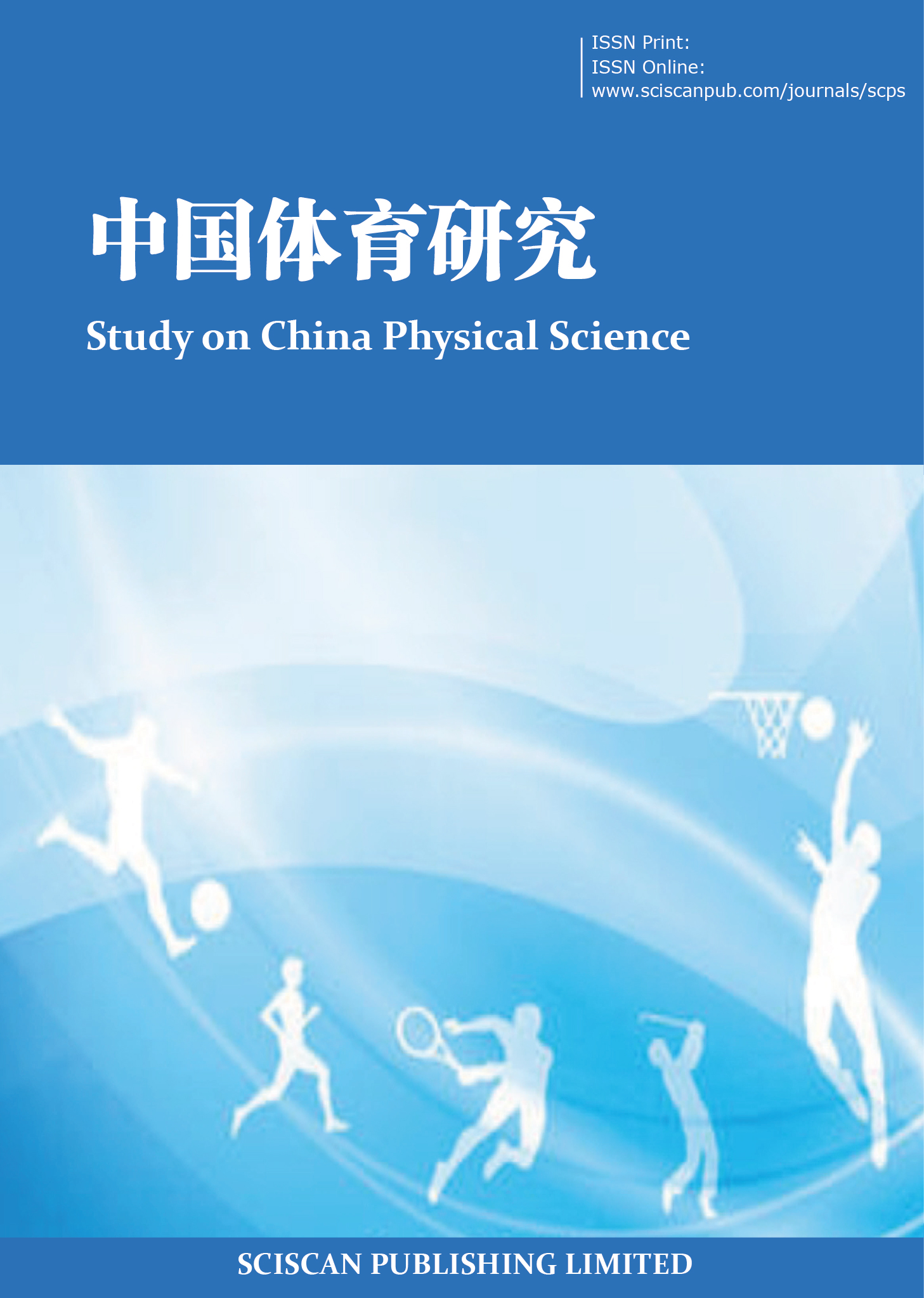Study on China Physical Science
ISSN Print:2707-1936
ISSN Online:2707-1944
Contact Editorial Office
Subscribe to the latest published information from SCISCAN
空间生产视域下大熊猫国家公园户外营地教育资源开发研究——以雅安片区为例
Research on the Development of Educational Resources in the Outdoor Camps of Panda National Park from the Perspective of Spatial Production: A Case Study of Ya’an Area
- Authors: 陈凤丽¹ 卢军²
-
Information:
1. 成都艺术职业大学体育学院,成都; 2. 四川工商学院体育学院,成都
-
Keywords:
Space production theory; Panda national park; Outdoor camp educational resource development空间生产理论; 大熊猫国家公园; 户外营地教育资源开发
- Abstract: Domestic outdoor camp education currently faces challenges in adapting to local conditions, urgently requiring the development of innovative development opportunities and the establishment of distinctive operational models. Based on spatial production theory, this study explores the development of outdoor camp educational resources within Panda National Park. Taking the Ya’an area as an example, the study analyzes the natural and cultural spatial conditions within the area. By constructing a “1+1+5” outdoor camp education system, integrating panda research, cultural experiences, and community resources, and developing themed courses and branded activities, the study aims to transform natural resources into educational resources. Furthermore, the study proposes strategies such as strengthening the industrial foundation, establishing a safety and rescue system, and strengthening ecological and cultural protection to promote the sustainable development of outdoor camp education and foster harmonious coexistence between humans and nature. 当前国内户外营地教育面临本土适应性挑战,亟待开拓创新性发展空间并构建特色化运营模式。本研究基于空间生产理论,探讨大熊猫国家公园户外营地教育资源的开发路径,以雅安片区为研究案例,分析其具备的自然空间与文化空间条件,通过构建“1+1+5”户外营地教育体系,整合大熊猫科研资源、文化体验资源及入口社区资源,开发主题课程与品牌活动,旨在实现自然资源向教育资源的转化。同时,提出夯实产业基础、构建安全救援体系、强化生态与人文保护等策略,以推动户外营地教育的可持续发展,促进人与自然和谐共生。
- DOI: https://doi.org/10.35534/scps.0703032
- Cite: 陈凤丽,卢军.空间生产视域下大熊猫国家公园户外营地教育资源开发研究——以雅安片区为例[J].中国体育研究,2025,7(3):217-221.
















